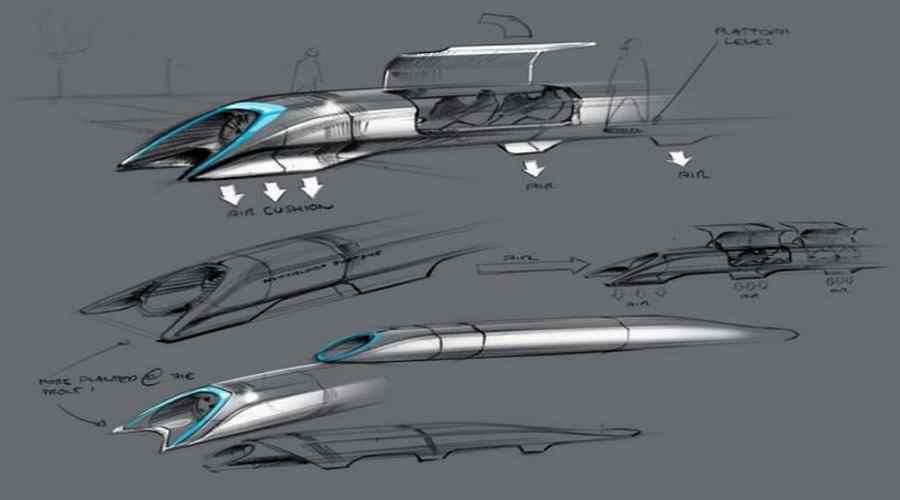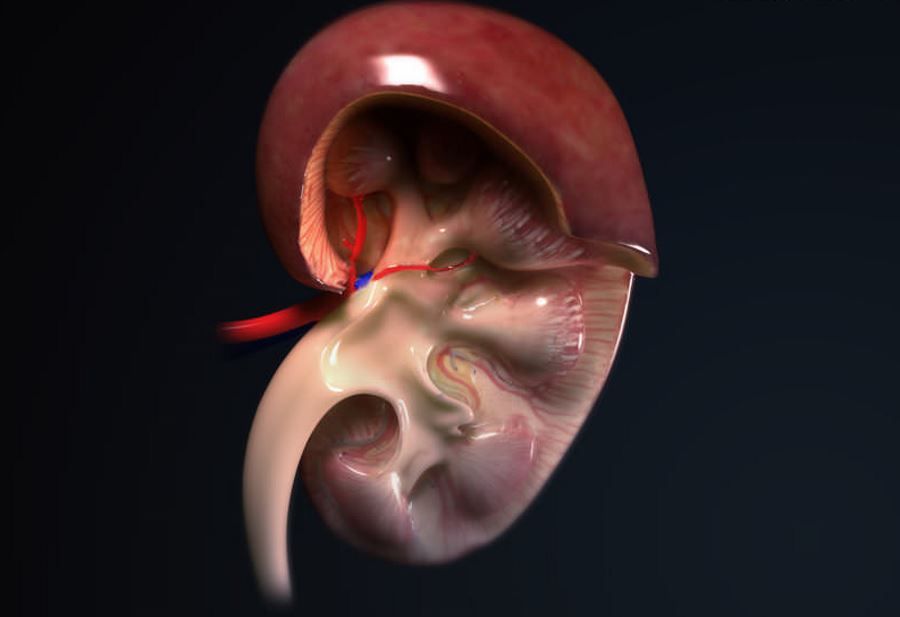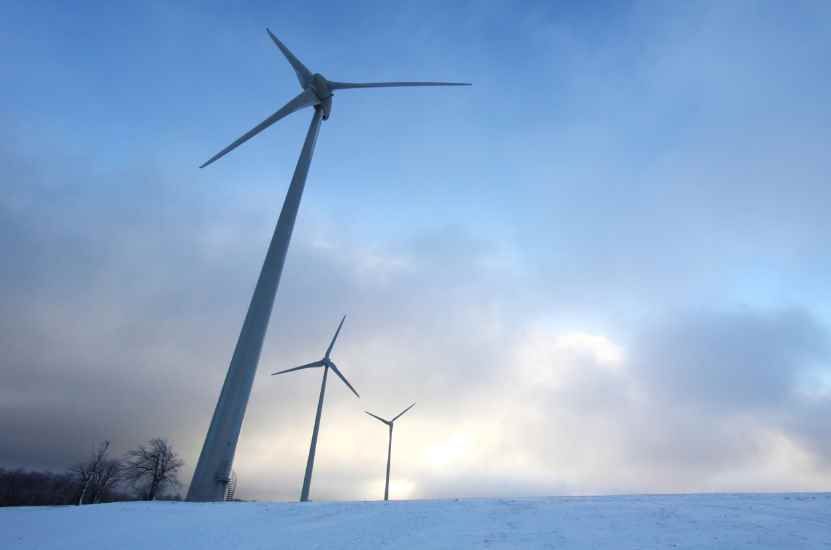Railroad Institute gets involved in the development of Hyperloop in Poland
The Railway Institute is a research institute that has been present in Poland for 65 years. The institute operates in the field of rail transportation. It has the facilities necessary for research and scientific work and is supported by the most prominent specialistsoin the field of rail transport in Poland. Railroad Institute’s involvement in the development ofoj Hyperloop technology can positively affect the progress of work.
– The project will make use of the Institute’s laboratories and a group of professionalsow from several universities. Hyperloop is an ambitious challenge and requires the use of resourcesoin just such as the Railway Institute. We ourselves want to participate in this global transportation revolution, thus increasing the Polish contribution to its realization – said Dr. Ing. Andrzej Żurkowski, director of the Railway Institute.
Hyper Poland, in turn, is a team of engineersow, architectow, a designerow and consultantow, whooers have joined forces to create a comprehensive Hyperloop transportation system. Teamoł was created by a studentow from Warsaw University of Technology and Wroclaw University of Technology to take part in the Hyperloop Pod Competition organized by Elon Musk’s company SpaceX.
After qualifying for the finals of the competition and receiving very positive feedback on their project, the compositeoł Hyper Poland has decided to continue research on the Hyperloop infrastructure project. Teamoł wants to build a track on the Warsaw-Wrocław route. PodroAccording to Hyper Poland, it would take just over poł hours. The section was among theod nine projectoin the routes of Elon Musk’s other company Hyperloop One.
The concept of high-speed trains speeding through a long tunnel has been known for at least several decades, but its renewed notoriety is due to Elon Musk, whoory in 2012 presented his vision for this mode of transportation.
The project involves the use of magnetic levitation technology, which means that the train will not move on rails, but on magnetic cushions produced by powerful electromagnets mounted on the undersides of the carsow. Such solutions are already in use worldwide. Thanks to this application, the problem of friction has been eliminated and the railroad will be able to reach higher speeds.
Today the fastest speeds are reached by such trains. The record was set 10 years ago by Japanese designers, whooers accelerated the SCmaglev train to 581.8 km/h. However, this does not satisfy Musk, whoory wants to double the speed achieved by the Japaneseow. And it is thanks to the use of the tunnel protion. The concept of moving through the tunnel, with which theoduring which almost all the air was pumped out, will eliminate the problem of air resistance, which will add another tens or maybe hundreds on the speedometer.
The railroad, according to Musk’s project, is to be cheap, fast and environmentally friendly. It is to be powered by solar energy. The head of SpaceX has set up Hyperloop Transportation Technologies for this purpose – company, whichora is to implement the project. The first railroad proThe harvest is expected to appear on the route from Los Angeles to San Francisco. This approximately 500-kilometer stretch will be covered by a passenger in about 30 minutes. The railroad is to develop speeds of up to 1,200 kilometersow per hour.
The road for the Hyperloop is to be erected on high poles, thus achieving the shortest possibleotighter route. Capsules will flash through the long tunnel, ktore are expected to contain from 6 to 28 waspsob. The tunnel will not be completely prolnia, some air will be in it. Therefore, in order to prevent the capsules from acting like a piston, a system was used to suck air through each of the carriagesow, ktory will direct them under the spod producing an additional air cushion.
The whole thing is to be driven by large electromagnets, whichore will be installed nierow evenly. There will be more of them at acceleration and braking points, and they will be placed sporadically along the route, only to maintain speed.


